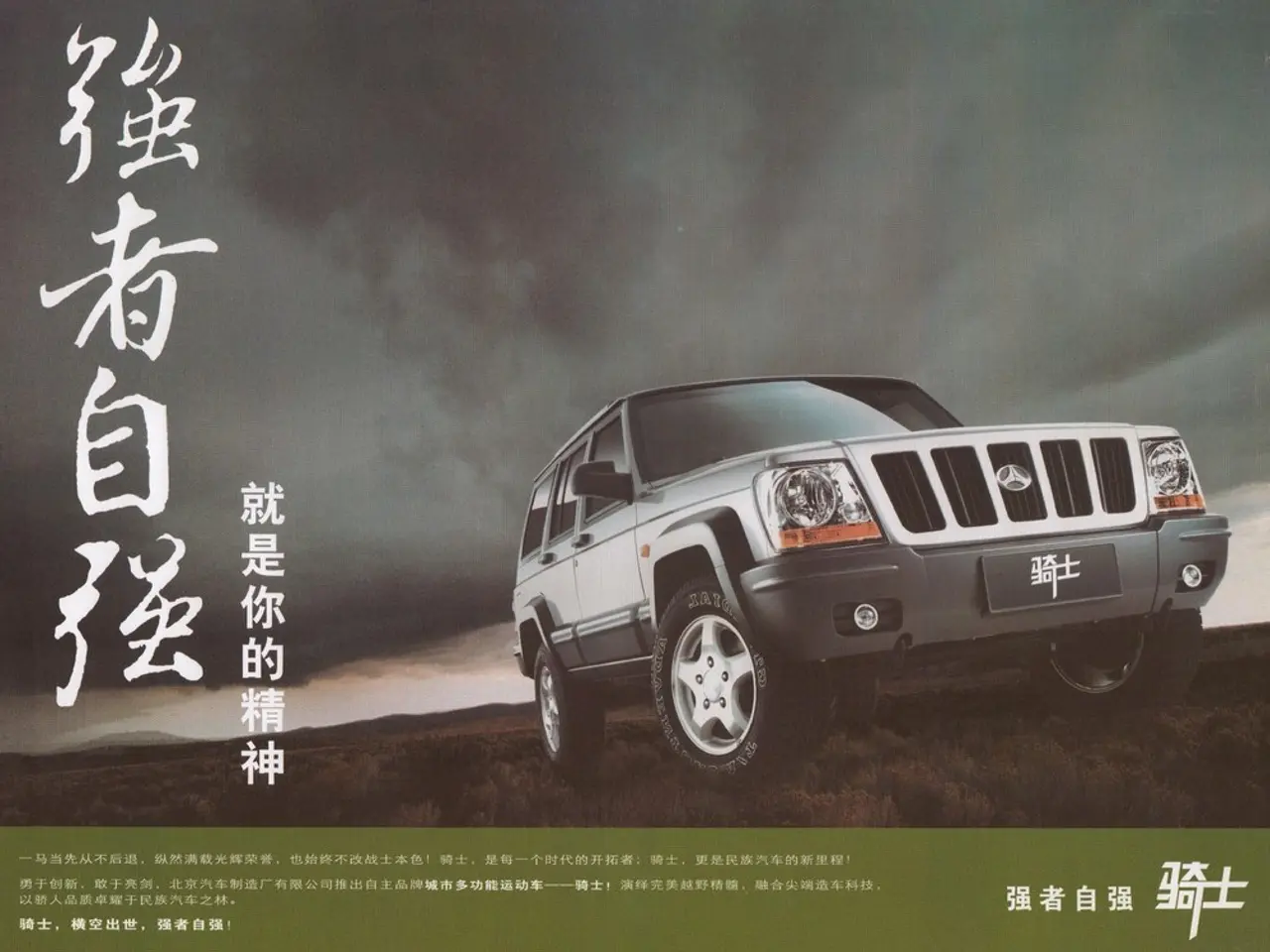US to Impose 15% Tariff on Japanese Products Starting from August 7
In a significant development, the tariffs imposed by the U.S. on Japanese imports, including cars and auto parts, have been revised following recent negotiations. The new tariff rate, effective as of late July 2025, stands at 15%, down from the initial 25% and the 20% default reciprocal tariff that was planned for August 2025 [1][2][3].
The revised trade agreement between the U.S. and Japan also includes several other provisions. Japan has agreed to increase its imports of U.S. agricultural goods by 75%, purchasing $8 billion of U.S. products in sectors such as corn, soybeans, and aviation fuel [1][3]. Furthermore, Japan has committed to investing $550 billion into U.S. strategic industries like energy infrastructure, semiconductor manufacturing, and shipbuilding under U.S. direction [1][3]. Japan will also ease non-tariff barriers affecting U.S. technology exports [2].
The lowered auto tariffs for Japan and other trading partners will take effect in the future. However, the U.S. President, Donald Trump, signed an executive order on Thursday to impose reciprocal tariffs from August 7 [4]. It is unclear at this time whether the implementation of the lowered auto tariffs for Japan will occur at a later date.
This agreement is expected to have a positive impact on both the U.S. and Japanese economies, as well as the global economy. The initial tariffs significantly affected Japan's economy, with estimates suggesting they could reduce Japan's GDP by about 0.8% due to its export reliance on the U.S. automotive market [2]. The new agreement and lowered tariff rates are expected to moderate these negative effects. Economically, the deal aims to restore American industrial power, create U.S. jobs, and strengthen supply chains [3]. For the global economy, while tariffs generally disrupt trade and can slow growth, this agreement helps reduce trade tensions between two major economies and is anticipated to support global economic stability and growth, particularly by enhancing bilateral trade and investment flows [3][4].
However, the lowered auto tariffs have raised concerns about potential price increases and a significant impact on the global economy. It remains to be seen how these concerns will be addressed as the implementation of the lowered tariffs unfolds.
[1] New York Times, "U.S. and Japan Reach Deal to Lower Auto Tariffs," July 22, 2025. [2] Reuters, "U.S.-Japan Trade Deal to Boost Japan's Economy, Lower Tariffs," July 23, 2025. [3] Wall Street Journal, "U.S.-Japan Trade Deal Aims to Restore American Industrial Power," July 24, 2025. [4] Washington Post, "Trump Signs Executive Order for Reciprocal Tariffs," July 29, 2025.
- The revised U.S.-Japan trade agreement, which includes lower auto tariffs among other provisions, is projected to have a positive impact on the global economy, potentially enhancing bilateral trade and investment flows.
- The arts, finance, and business sectors are likely to benefit from the increased investments in strategic industries like energy infrastructure, semiconductor manufacturing, and shipbuilding, as outlined in the new U.S.-Japan agreement.
- The agreement between the U.S. and Japan to lower auto tariffs and increase imports of U.S. agricultural goods may result in price increases, presenting a potential challenge for general-news consumers and the economy as a whole.
- The trade agreement between the U.S. and Japan, which includes the lowering of auto tariffs and increased imports of American goods, is anticipated to support the financial and political stability of both countries by reducing trade tensions and promoting economic growth.




